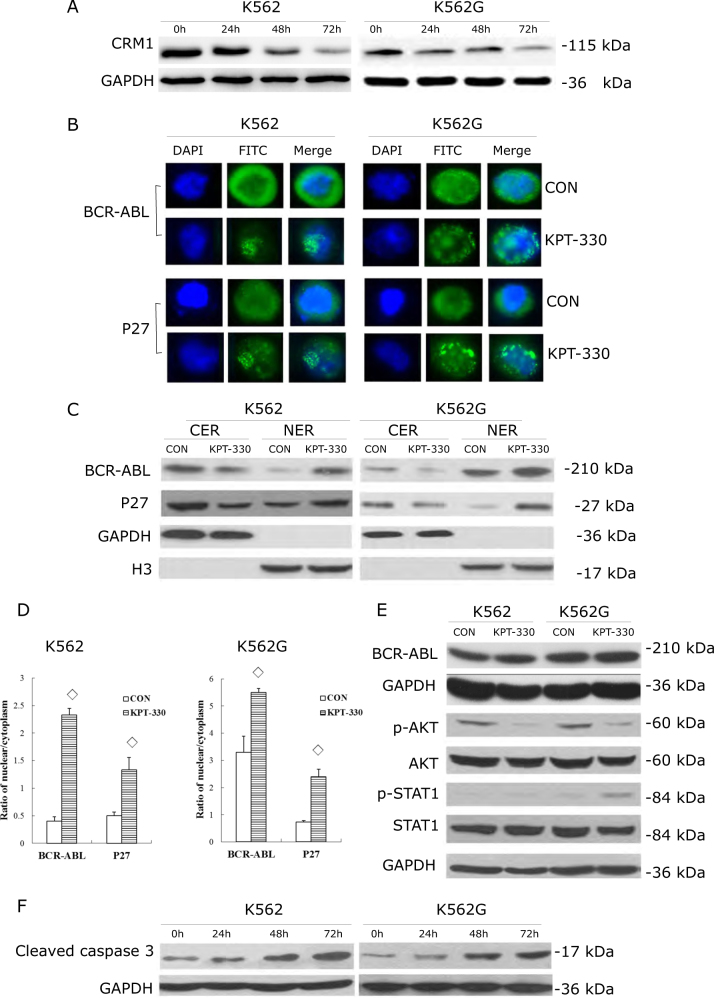Fig. 3. KPT-330 increased the nucleic/cytoplasm ratio of BCR-ABL and P27, downregulated p-AKT and upregulated p-STAT1 and cleaved caspase-3 in CRM1-dependent manner.
K562 was treated with 0.1 nM KPT-330 and K562G with 1.3 nM KPT-330 for 48 h, respectively. a CRM1 was inhibited by KPT-330 in both K562 and K562G in time-dependent manner as shown by western blot. Immunofluorescence (b) and western blot (c) showed the nuclear/cytoplasm ratio of BCR-ABL and P27 increased after KPT-330 exposure. b BCR-ABL and P27 were highly increased in nuclear and decreased in cytoplasm by KPT-330 observed under fluorescent microscope (×100). This was further confirmed by western blot analysis using subcellular fractions of lysates (c). The ratio of nuclear/cytoplasm of BCR-ABL and P27 after KPT-330 exposure were significantly higher than control (d). However, KPT-330 did not affect the whole expression of BCR-ABL (e). p-AKT (e) was downregulated while p-STAT1 (e) and cleaved caspase-3 (f) were upregulated revealed by western blot. GAPDH was used as internal control for whole protein/CER and H3 for NER. CER cytoplasmic extraction reagent, NER nuclear extraction reagent. ◊ compared with control, P < 0.05, Student’s t-test. Data were expressed as mean ± SD. Data were representative of 3 independent experiments

